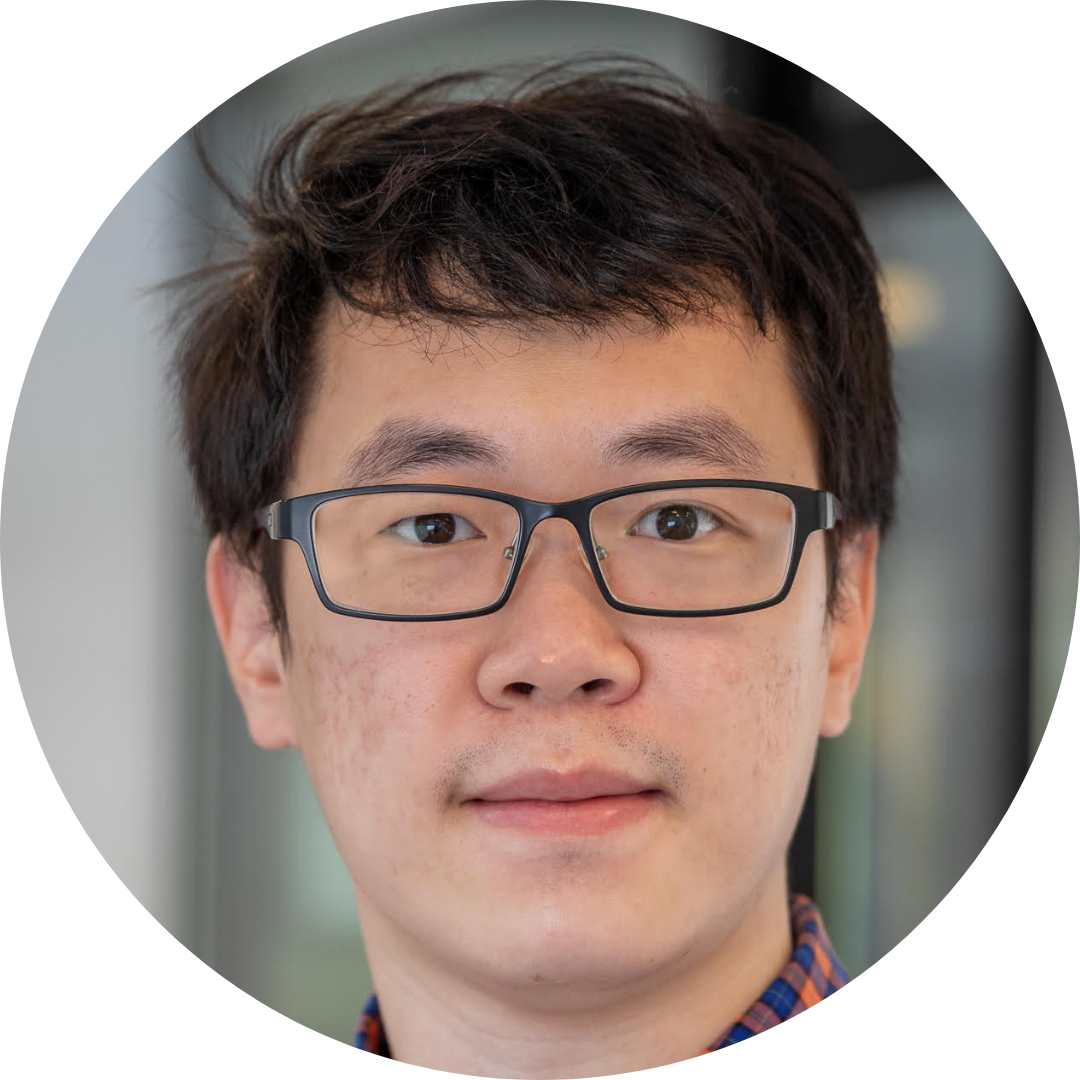Applications
 Part of the Oxford Instruments Group
Part of the Oxford Instruments Group
Expand
Collapse
We spoke this week to Dr. Tiancheng Song, winner of the Lee Osheroff Richardson Prize 2024, which supports young scientists working with low temperatures, high magnetic fields or surface science research in the Americas.
Dr. Song describes the research which impressed the committee and led to his prize win. We are excited to meet Tiancheng at the APS March Meeting in Minneapolis next month and present him with his award. Well done Dr. Song!
1. How does it feel to have won the Lee Osheroff Science Prize?
I feel very encouraged that my works have been recognized by the committee. This becomes even more encouraging because I am joining the ranks of famous scientists who have won this prize for their groundbreaking experiments and achievements. Being awarded a prize that is named after three Nobel Prize laureates in physics is also a special honour to me.
2. Can you tell us more about the research you submitted?
Over the past few years, many quantum materials have been found in their 2D forms, opening up exciting opportunities to explore emergent quantum phenomena in the 2D platform. My research focuses on exploring these new 2D materials and their van der Waals heterostructures. I am particularly interested in studying 2D magnetism and superconductivity by developing and employing various experimental techniques.
During my Ph.D., I employed various optical and electrical measurements to study 2D magnetic materials. Most of these 2D magnets are very air-sensitive in the atomically thin limit, so I developed 2D nanodevice fabrication to make their magnetic van der Waals heterostructures become air-stable. Regarding measurements, I mainly employed low-temperature magneto-optics and electron tunnelling measurements with magnetic fields to investigate their magnetic properties. I designed the van der Waals version of magnetic tunnel junctions that resembles the conventional magnetic multilayer devices, and it achieved a record-high giant tunnelling magnetoresistance due to its unique layered antiferromagnetism. The van der Waals nature of 2D magnets also enables exceptional tunability through control of the stacking interface. In the next experiment, I combined the tunnelling measurement with high pressure to tune the stacking interface and investigated the stacking-dependent interlayer magnetism in chromium triiodide. Building upon this intriguing finding, I further manipulated the interface by twisting two layers of 2D magnets to realise a periodic modulation of interlayer magnetic coupling, which demonstrated the first magnetic moiré superlattice. This new platform of moiré magnetism holds the promise for engineering exotic spin textures.
During my postdoc, I expanded my expertise and developed a new technique - thermoelectric measurement on a monolayer nanoflake down to the millikelvin regime - to investigate 2D superconductivity and topology and the associated unconventional quantum phase transition. Complementing the conventional electrical transport measurement widely used to study superconductivity in 2D materials, the vortex Nernst signals can further detect superconducting fluctuations and reveal crucial information hidden from transport in the low carrier density regime. In my study of monolayer tungsten ditelluride, the Nernst signal driven by quantum fluctuations is exceptionally large near the quantum critical point in the millikelvin regime, indicating the proliferation of vortices. Surprisingly, the Nernst signal abruptly disappears when the doping falls below the critical value, in striking contrast to conventional expectations. This result demonstrates a new sensitive probe to explore unconventional quantum critical behaviours, for example, at the transition between 2D superconductor and quantum spin Hall insulator.
3. Is there a particular part of your research of which you are especially proud?
I am particularly proud of my series of experiments that deepen our understanding of 2D magnetism and provide new opportunities to engineer exotic spin textures. In the first experiment, I studied the unique layered antiferromagnetic structures in chromium triiodide and utilised its magnetic order to achieve a giant tunnelling magnetoresistance. In the second experiment, I combined the tunnelling measurement with hydrostatic pressure and demonstrated the pressure control of interlayer magnetic coupling. This also led to the discovery of the stacking-dependent interlayer magnetism in chromium triiodide, where the interlayer magnetic coupling can be switched between antiferromagnetic and ferromagnetic by changing the local layer stacking. This surprising discovery further enabled the third experiment that realised the moiré engineering of 2D magnetism by twisting two layers of 2D magnets. It demonstrated the first realisation of moiré magnetism and expanded the rising field of moiré materials to magnetic moiré superlattices.
4. What’s next for your research?
I am very excited to start a new research group at the University of Wisconsin-Madison. I hope I can keep the momentum going, develop some new techniques, explore some new material systems, and finally study some new physics.
5. Any final thoughts?
This prize is a recognition of the work done by not just me but many amazing researchers. I am very grateful for all the invaluable contributions of collaborators and mentors who made these works possible. I especially want to thank my PhD advisor, Prof. Xiaodong Xu, and my postdoc advisor, Prof. Sanfeng Wu, for guiding me to this point. I also really appreciate Oxford Instruments and the committee for supporting and organising this prize.

Dr. Tiancheng Song
Experimental physicist and Dicke Fellow at the University of Princeton. Winner of The Lee Osheroff Richardson Prize 2024.